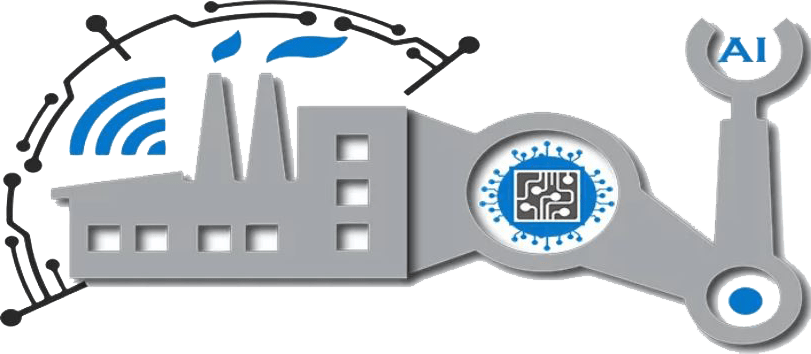Navigating the Next Frontier of Financial Innovation
Abstract:
Financial Engineering 5.0 represents a transformative era in financial innovation, marked by the convergence of advanced technologies, data analytics, and a heightened emphasis on sustainability and resilience. This comprehensive paper delves into the intricate dimensions of Financial Engineering 5.0, exploring its key components, applications, challenges, and the profound impact it carries in reshaping the dynamics of modern finance.
1. Introduction:
In the ever-evolving landscape of finance, Financial Engineering 5.0 emerges as a paradigm that transcends traditional models, incorporating cutting-edge technologies and forward-thinking strategies. This paper investigates the multifaceted aspects of Financial Engineering 5.0, where financial innovation not only optimizes risk and returns but also aligns with broader economic and environmental goals.
2. Key Components of Financial Engineering 5.0:
a. Quantum Computing in Financial Modeling: Financial Engineering 5.0 leverages the computational power of quantum computing for complex financial modeling and risk analysis. Quantum algorithms enable more accurate simulations, optimization, and decision-making in a dynamic market environment.
b. Blockchain and Decentralized Finance (DeFi): The integration of blockchain technology transforms traditional financial structures. Smart contracts, decentralized ledgers, and tokenization play pivotal roles in creating transparent, secure, and efficient financial systems, fostering the growth of decentralized finance (DeFi).
c. Data-Driven Predictive Analytics: Financial Engineering 5.0 relies heavily on data-driven predictive analytics. Machine learning algorithms analyze vast datasets to forecast market trends, optimize investment portfolios, and enhance risk management strategies.
3. Applications in Financial Engineering 5.0:
a. Green Finance and Sustainable Investments: Financial Engineering 5.0 places a strong emphasis on green finance and sustainable investments. Innovations such as green bonds, ESG (Environmental, Social, Governance) analytics, and impact investing tools enable the integration of sustainability goals into financial decision-making.
b. Algorithmic Trading and High-Frequency Trading (HFT): Advanced algorithms and high-frequency trading strategies gain prominence in Financial Engineering 5.0. These technologies facilitate rapid execution, liquidity provision, and market-making, shaping the dynamics of modern trading ecosystems.
c. Personalized Financial Products: The era of Financial Engineering 5.0 introduces personalized financial products tailored to individual preferences and risk profiles. Customized investment portfolios, insurance plans, and financial instruments enhance the accessibility and relevance of financial services.
4. Challenges and Considerations:
a. Ethical Considerations in Algorithmic Decision-Making: The use of advanced algorithms raises ethical concerns related to transparency, bias, and accountability. Striking a balance between innovation and ethical considerations becomes imperative in Financial Engineering 5.0.
b. Regulatory Frameworks for Decentralized Finance: The decentralized nature of financial systems in Financial Engineering 5.0 poses challenges for regulatory frameworks. Establishing robust regulations that foster innovation while ensuring consumer protection and systemic stability is a critical consideration.
5. Future Implications:
Financial Engineering 5.0 envisions a future where financial systems are not only sophisticated and efficient but also sustainable, inclusive, and aligned with broader societal goals. The implications extend beyond traditional financial metrics to encompass economic resilience, environmental impact, and social equity.
6. Holistic Financial Innovation:
a. Financial Inclusion through Technology: Financial Engineering 5.0 aims to enhance financial inclusion through technology. Fintech solutions, mobile banking, and blockchain-based identity verification contribute to making financial services more accessible to underserved populations.
b. Resilient Financial Infrastructure: The decentralized and technologically advanced infrastructure of Financial Engineering 5.0 enhances the resilience of financial systems. Distributed ledgers, smart contracts, and innovative risk management tools contribute to the overall stability of financial markets.
Conclusion:
As Financial Engineering 5.0 unfolds, the financial landscape undergoes a profound transformation. The integration of advanced technologies not only optimizes traditional financial processes but also pioneers a future where finance becomes a powerful tool for sustainable development, resilience, and inclusive prosperity.
